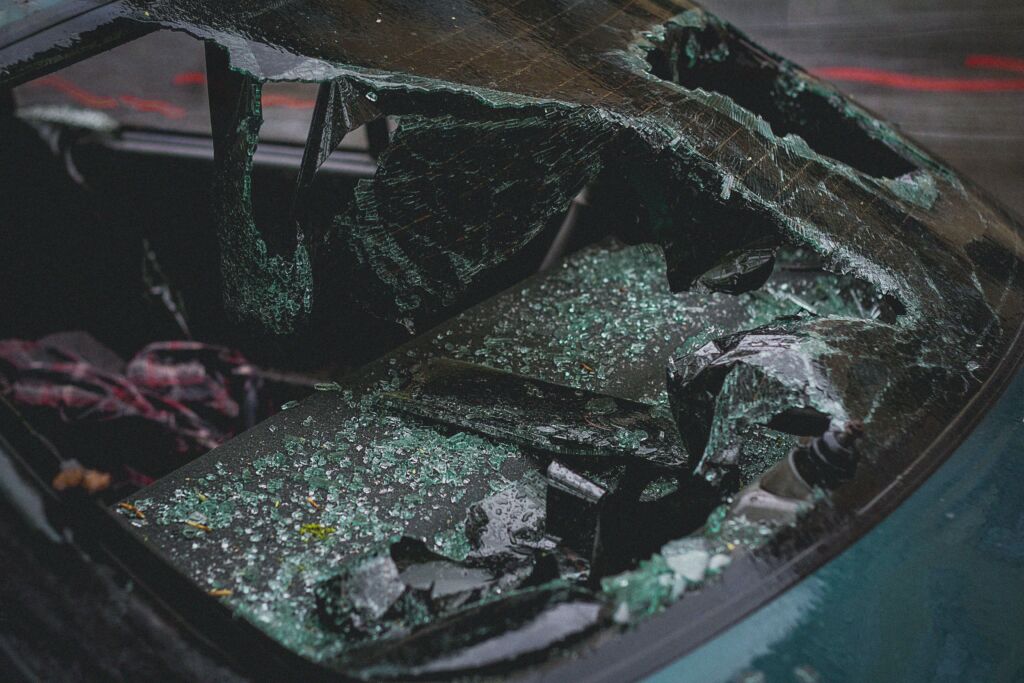
Comparative Fault in Florida Car Accident Cases
Car accidents are an unfortunate reality, and can have serious consequences for those involved. In Florida, like many other states, car accident cases are often subject to comparative fault laws. Comparative fault is a legal defense that can affect how much compensation an injured party can recover if they are found to be partially at fault for the accident. Understanding comparative fault in Florida car accident cases is essential for anyone involved in a collision in Miami. In this blog, we explore what comparative fault means, how it is applied in Florida, and its impact on car accident cases in Miami.

What is Comparative Fault?
Comparative fault, also known as comparative negligence, is a legal doctrine that allows for the assignment of fault to multiple parties involved in an accident. In car accident cases, this means that more than one driver may be responsible for causing the collision. Comparative fault laws are designed to allocate liability based on each party’s degree of fault in contributing to the accident.
Pure Comparative Fault vs. Modified Comparative Fault
Pure comparative fault and modified comparative fault are the two primary categories of comparative fault systems.
- Pure Comparative Fault: In states with a pure comparative fault system, an injured party can recover compensation even if they are primarily responsible for the accident. However, the amount of compensation awarded will be reduced in proportion to their percentage of fault. For example, if a driver is 80% at fault for the accident, they can still recover 20% of the total damages.
- Modified Comparative Fault: Florida follows a modified comparative fault system. Under this system “any party found to be greater than 50 percent at fault for his or her own harm may not recover any damages.” There are exceptions under Florida law for medical negligence cases.
Application of Comparative Fault in Florida Car Accident Cases
In Florida, the comparative fault system is applied in car accident cases to determine the degree of fault for each party involved. Insurance adjusters and, if necessary, the court will evaluate the evidence, witness statements, and other relevant factors to assess the proportion of fault attributed to each driver.
For example, if Driver A is texting while driving and collides with Driver B, who was slightly exceeding the speed limit, both drivers may be deemed partially at fault. If it is determined that Driver A is 70% at fault and Driver B is 30% at fault, any compensation awarded to Driver B will be reduced by 30% to account for their level of fault.
The Importance of Seeking Legal Representation
Navigating comparative fault laws in Florida car accident cases can be complex and challenging. Insurance companies may attempt to shift blame to injured parties to minimize their liability. For this reason, seeking legal representation from an experienced car accident attorney in Miami is crucial. An attorney can advocate for your rights, gather evidence to support your case, and ensure that you receive fair compensation based on the degree of fault attributed to each party.
Conclusion
Understanding comparative fault in Florida car accident cases is essential for anyone involved in a collision in Miami. The comparative fault system determines how much compensation an injured party can recover based on their percentage of fault. In a modified comparative fault state like Florida, the injured party must be no more than 50% at fault to recover damages. Seeking legal representation from a knowledgeable car accident attorney can help protect your rights and ensure that you receive fair compensation for your injuries and damages in a comparative fault scenario.
